This was published 6 years ago
Popular places where tourists are now banned: Boracay, Maya Beach, Trevi Fountain and more
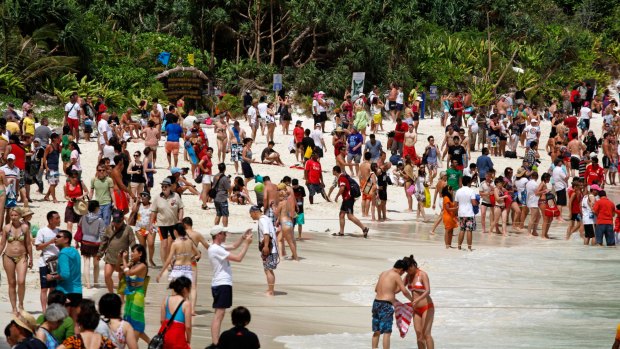
Crowds of people at Thailand's 'The Beach', Maya Bay.Credit: Alamy
Not everywhere, it seems, wants the tourist dollar. There are plenty of sites around the world that people are itching to go and see, but the local authorities have no intention of letting visitors in. Sometimes it's a complete ban for environmental or religious reasons, and sometimes it's a restriction on getting too close – but don't expect to go to these places and have a free rein.
Boracay, the Philippines
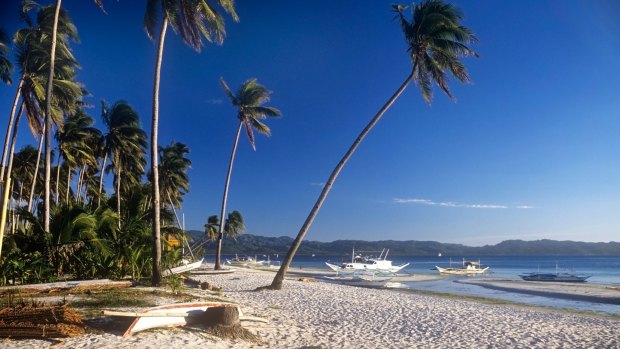
Credit: Alamy
Starting as an in-the-know paradise find in the 1980s, the island of Boracay has quickly become a holiday industry cash cow for the Philippines. But unregulated development and sewage pipes dumping raw effluent into the sea have turned it into a "cesspool", according to Filipino president Rodrigo Duterte.
In fact, he thinks it's so bad, that he's decided to close the island to tourism from the end of April for a clean-up operation – and to ensure everyone gets permits for their sewer pipes. The closure's supposedly for six months, but given Duterte's, ahem, eccentric reputation, it'd be a gamble to book a holiday for November…
Maya Beach, Thailand

Credit: Alamy
Boracay's not the only south-east Asian beach heaven being closed off – Maya Beach on the Thai island of Koh Phi Phi Leh is getting its own four-month tourist ban too.
Made famous by the Leonardo DiCaprio film, The Beach, it will be shut for four months from June in a bid to halt environmental damage and protect the island's reefs and sea life.
When it reopens, the mass descent of visitors will change too. A daily limit of 2000 tourists a day will be imposed, and boats will be banned from anchoring there.
Surtsey, Iceland
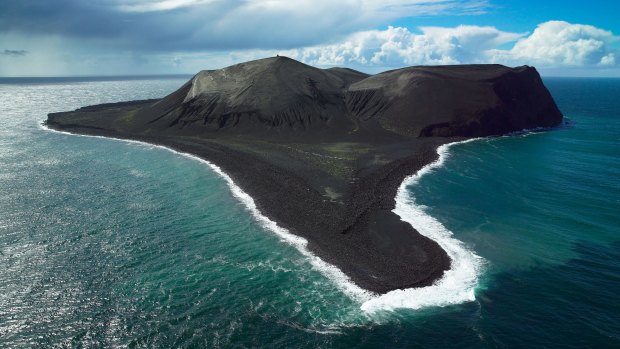
Credit: Alamy
When undersea eruptions kicked off in 1963, the island of Surtsey emerged from the Atlantic Ocean, becoming a new addition to southern Iceland's Vestmannaeyjar archipelago. By 1967, when the eruptions finished, it measured 2.7 square kilometres, and it has been slowly chipped away at by wave erosion since.
Not that Joe Public gets to see this, of course. Surtsey was quickly identified as a unique opportunity to study how plant and animal life establishes itself, and declared off-bounds to all but scientists with special permits.
Stonehenge, Britain
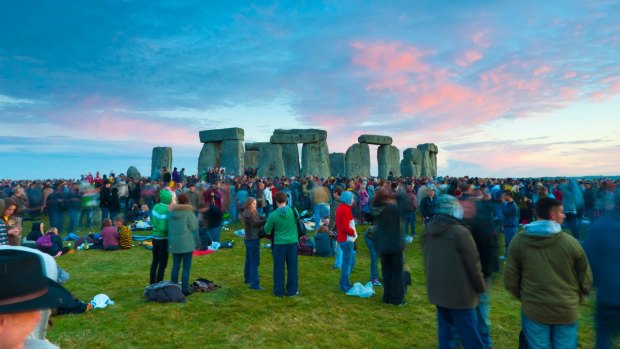
Credit: Alamy
Up until 1977, visitors could walk freely amongst the mysterious standing stones of Stonehenge. But then the authorities clocked that this might not be the best way to preserve them, and put ropes around the site. Now, you can walk up to the ropes, but it's a far cry from how it was in the 19th century, when visitors would be given a chisel so they could take a bit home with them. See english-heritage.org.uk
The Trevi Fountain, Rome
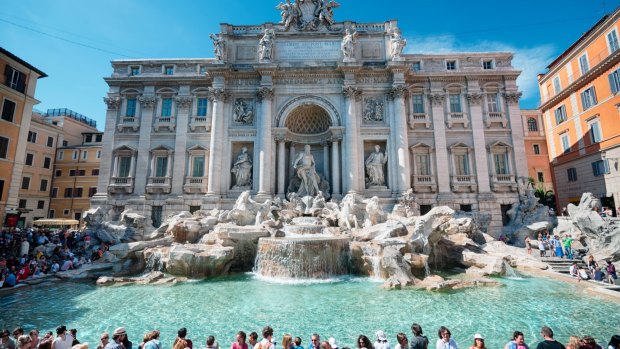
Credit: Alamy
The 1960 movie La Dolce Vita has a lot to answer for. The Fellini film has inspired many a well-meaning romantic to go paddling in Rome's lavishly grandiose Trevi Fountain, but anyone attempting that now is in for a hefty fine. New measures imposed last year by Rome's mayor ensure that anyone paddling or swimming in the fountain can face a fine of up to €240 – and the same applies to anyone sitting on the edge to eat or drink.
Fox and Franz Josef Glaciers, New Zealand
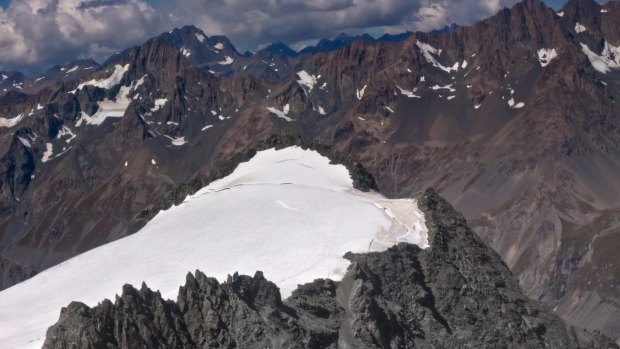
Credit: Alamy
On New Zealand's South Island, the appeal of the Fox and Franz Josef glaciers was largely that they poured down into the valleys, making them easily accessible for hikers, who could just walk up, attach the crampons and go trekking on the ice. In 2016, due to the rapid retreat of the glaciers, this was deemed too dangerous and destructive. Now, in order to protect the glacier edges, the only way on to the glacier is taking a helicopter flight. See franzjosefglacier.com, foxguides.co.nz
The Lascaux Caves, France
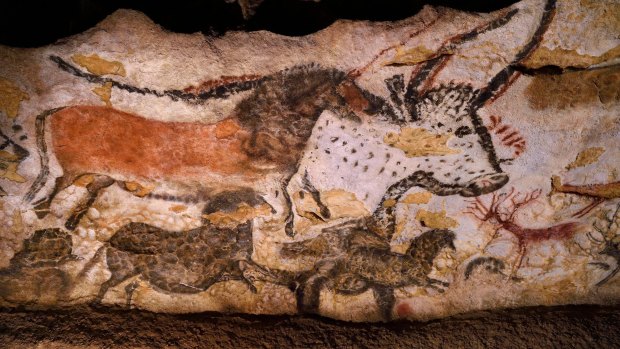
Credit: Alamy
The entrance to these caves, in the Dordogne region of south-western France, was discovered in 1940. But the adventurers going inside got quite a surprise – finding over 600 wall paintings, largely of animals. These turned out to be around 17,000 years old, and they turned out to be mighty popular with visitors.
Unfortunately, with more than 1000 tourists traipsing through a day, there was visible deterioration in the quality of the painting. Heat, humidity, carbon dioxide and other contaminants were unwittingly brought in, and fungi and lichen started developing on them. The caves were closed to the public in 1963 – and if you want to see the paintings, the best you'll get is the replicas on display at the visitor centre a few kilometres away. See lascaux.fr
The Ise Grand Shrine, Japan
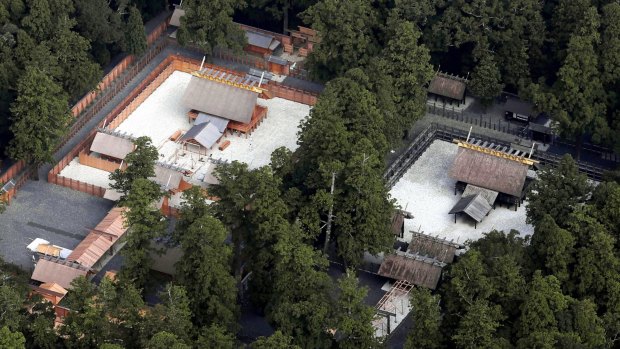
Credit: Alamy
The collection of more than 100 shrines makes up Shintoism most holy site, and in keeping with Shinto's principles of death, renewal and impermanence, they are rebuilt every 20 years. Some of the outer shrines can be visited, but the main shrine buildings are hidden away behind wooden fences, and can only be entered by a few select priests and members of the imperial family.
Chichen Itza, Mexico
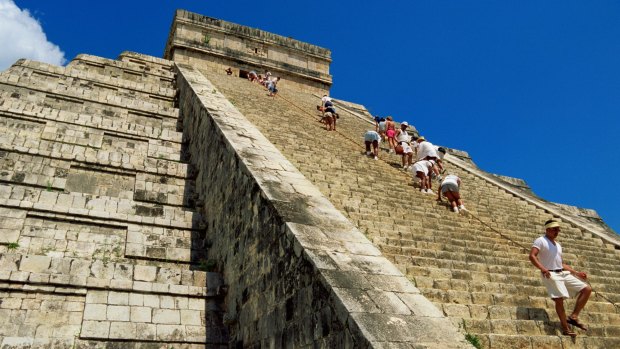
Credit: Alamy
It's still possible to visit Mexico's premier ancient Mayan site, but you can forget about climbing up the centrepiece El Castillo. The 30-metre high step pyramid was closed off to trampling visitors after a woman died falling from it in 2006. It's as much a preservation measure as a safety measure, but the climbing ban also shut off access to the throne room inside El Castillo.
See also: The world's 10 most terrifying tourist attractions
Sign up for the Traveller Deals newsletter
Get exclusive travel deals delivered straight to your inbox. Sign up now.